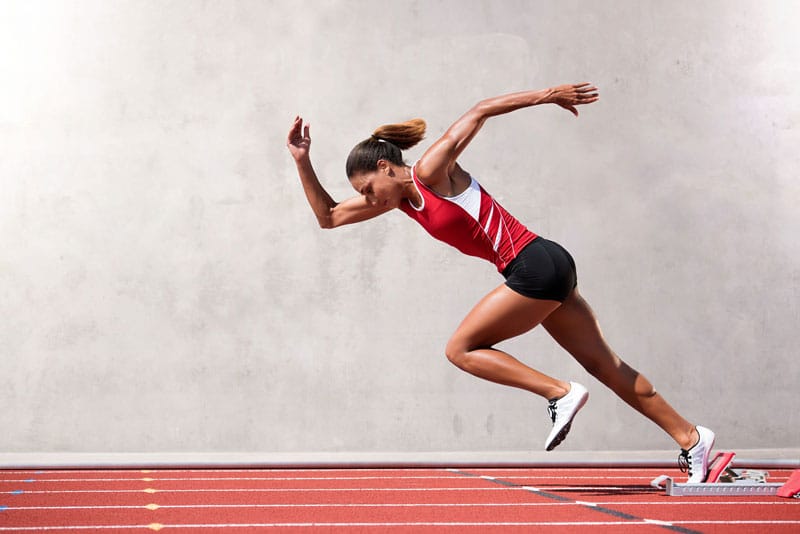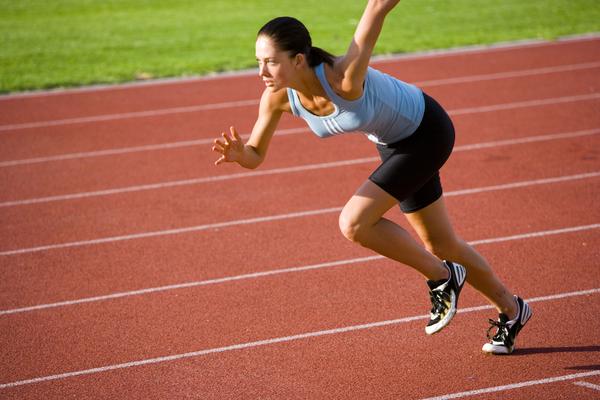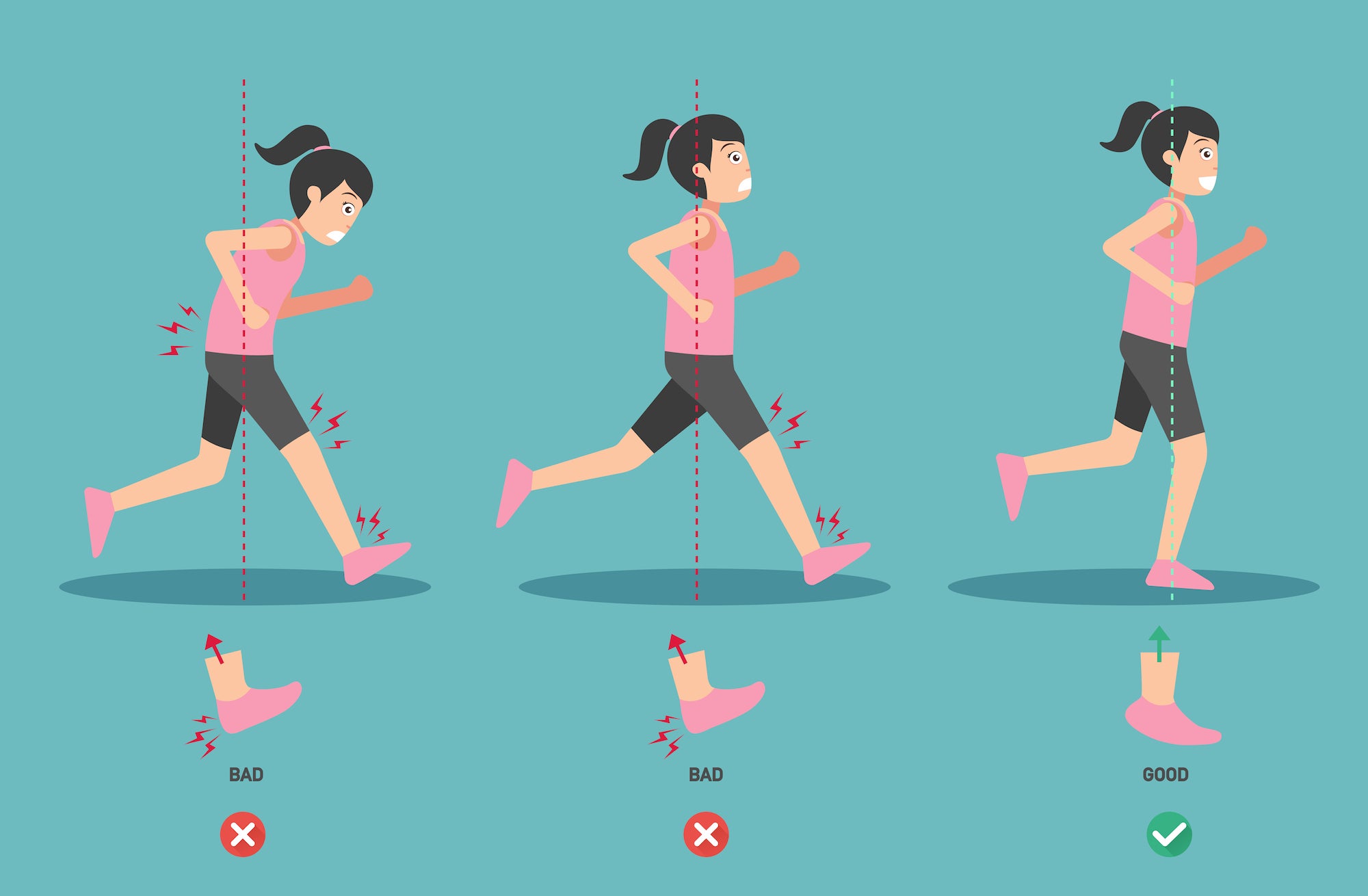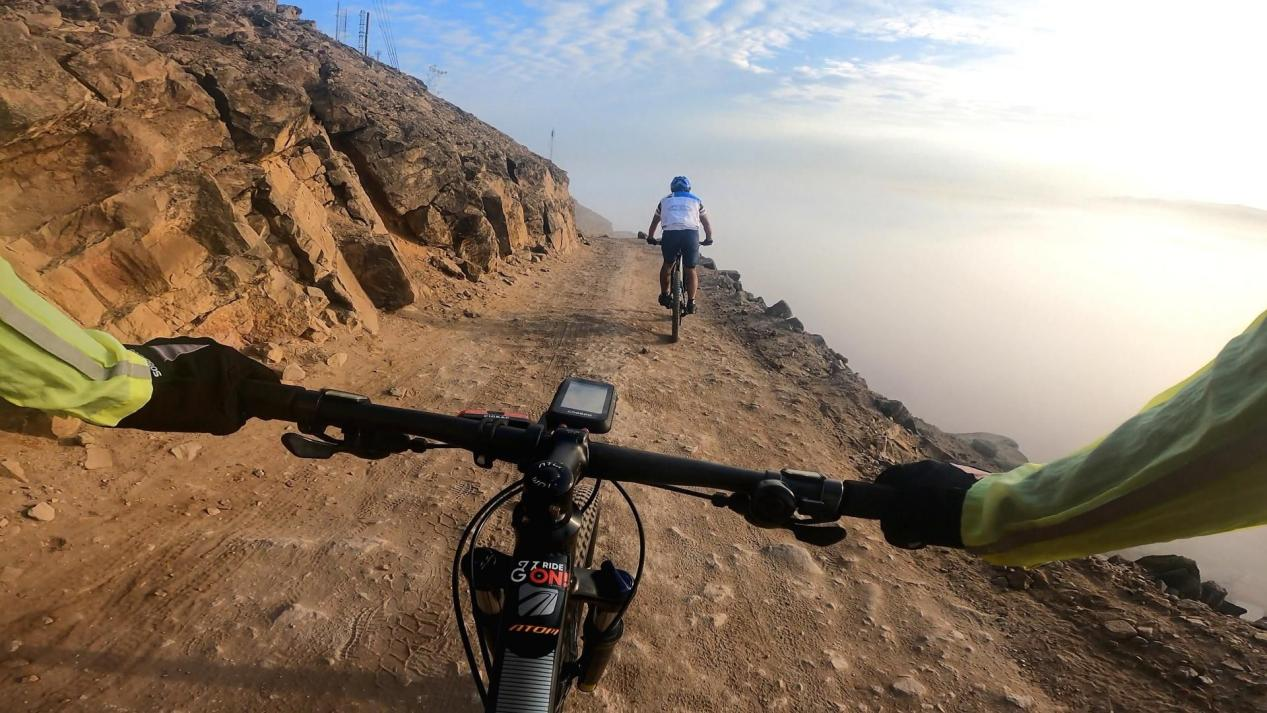Möchten Sie schneller laufen? So verbessern Sie Ihre Geschwindigkeit Schritt für Schritt
Ob du für deinen ersten 5-Kilometer-Lauf trainierst oder eine persönliche Bestzeit im Marathon anstrebst – deine Laufgeschwindigkeit zu steigern, kann sich anfühlen wie das Knacken eines Codes. Schließlich sorgt es für zusätzliche Motivation, wenn du Ziele verfolgst oder persönliche Bestzeiten übertreffen willst. Es ist ein ganz besonderes Gefühl, die Ziellinie schneller zu erreichen als zuvor.

Zum Glück gibt es eine bewährte Methode, um schneller zu laufen. Dazu gehören regelmäßiges Training, ausreichende Erholung und die richtige Ausrüstung. Schauen wir uns an, wie das Schritt für Schritt funktioniert.
Ganz gleich, welches Ziel du verfolgst, dieser leicht verständliche Leitfaden behandelt alles, was dir helfen kann, schneller zu laufen. Wir sprechen über Trainingsmethoden, Ausrüstung und tägliche Routinen. Hier ist also für jeden etwas dabei, egal ob Anfänger, Fortgeschrittener oder Profi.
Ihre Ausgangslage verstehen: Wie schnell laufen Sie aktuell?
Um schneller zu werden, müssen Sie zunächst Ihre aktuelle Laufgeschwindigkeit kennen. Das bedeutet, Ihre Geschwindigkeit über verschiedene Distanzen zu messen, beispielsweise Ihre Zeit für einen Meilenlauf zu stoppen oder Ihr Durchschnittstempo für einen 5-Kilometer-Lauf zu ermitteln.
Verwende eine GPS-Laufuhr oder eine Smartphone-App, um deine Läufe aufzuzeichnen. Achte dabei auf dein Tempo (wie viele Minuten du für eine Meile oder einen Kilometer benötigst), deine Herzfrequenz und dein subjektives Anstrengungsempfinden. Allerdings kann es umständlich und ablenkend sein, während des Laufens aufs Handy zu schauen.

Dort befindet sich ein Coospo Herzfrequenzmesser Es ist äußerst praktisch – einfach anlegen und loslaufen. Es misst Ihre Herzfrequenz präzise in Echtzeit, sodass Sie Ihr Smartphone während des Laufs nicht mitnehmen müssen. Perfekt für Läufer, die Wert auf Freiheit, Präzision und Komfort legen.
Tipp: Führen Sie während des Trainings den Sprechtest durch. Können Sie sich unterhalten, befinden Sie sich im aeroben Bereich; wenn nicht, trainieren Sie wahrscheinlich anaerob – wo Geschwindigkeitssteigerungen stattfinden.
Intervalltraining: Ein Eckpfeiler der Schnelligkeitsentwicklung
Um schneller zu werden, müssen Sie Ihre Trainingsmethoden ändern. Intervalltraining ist ein guter Anfang.
Intervalltraining ist ein Training, bei dem man kurze Zeit schnell läuft und dann langsamer joggt, geht oder sich ausruht. Man wechselt während des gesamten Trainings ständig zwischen schnellem und langsamem Laufen.
Eine zweiwöchige Studie wurde mit trainierten Trailrunnern durchgeführt. Während dieser Zeit absolvierten die Läufer dreimal wöchentlich Sprint-Intervalltraining. In jeder Einheit liefen sie 30 Sekunden lang intensiv und ruhten sich anschließend 4 Minuten aus. Dies wurde 4 bis 7 Mal wiederholt.

In dieser Studie erwies sich ein 30-sekündiger Sprint mit anschließender 4-minütiger Pause als sehr effektiv, aber es gibt auch andere Möglichkeiten, die Geschwindigkeit zu steigern.
Weitere beliebte Intervalltrainingsprogramme zur Verbesserung der Laufgeschwindigkeit
400-Meter-Wiederholungen
Ein klassisches Training für Schnelligkeit und Ausdauer. Laufen Sie 400 Meter (eine Runde auf einer Standardlaufbahn) mit 90–95 % Ihrer maximalen Anstrengung, anschließend joggen oder gehen Sie 60–90 Sekunden lang. Wiederholen Sie dies 6–10 Mal.
- Anfänger4–6 Wiederholungen
- Dazwischenliegend6–8 Wiederholungen
- Fortschrittlich8–10+ Wiederholungen
Fartlek-Training
Fartlek, schwedisch für „Tempowechselspiel“, kombiniert gleichmäßiges Laufen mit kurzen, schnelleren Sprints. Ein Beispieltraining:
- 5-minütiges Aufwärmen durch Joggen
- 1 Minute schneller Lauf, 2 Minuten lockeres Joggen (6–10 Mal wiederholen)
- Abkühlen
Diese Methode ist weniger strukturiert, verbessert aber sowohl das aerobe als auch das anaerobe Energiesystem und macht das Training mental anspruchsvoller.
Optimierung Ihrer Lauftechnik
Wenn du mit dem Laufen beginnst, ist es wichtig, einfach anzufangen und eine gute Routine zu entwickeln. Mit zunehmender Geschwindigkeit hilft dir eine verbesserte Lauftechnik, deinen Körper effektiver einzusetzen und deine Leistung zu steigern. Hier sind einige einfache Tipps, um verschiedene Aspekte deiner Lauftechnik zu verbessern.
Haltung
Um Ihre Körperhaltung zu verbessern, achten Sie zunächst auf Ihre Kopfhaltung. Halten Sie den Kopf aufrecht und ausbalanciert zwischen Ihren Schultern. Viele Läufer finden es hilfreich, beim Laufen etwa sechs Meter vorauszuschauen, um den Kopf in der richtigen Position zu halten.

Halten Sie den Rücken gerade und die Brust hoch, um ein Zusammensacken oder zu starkes Vorbeugen zu vermeiden. Verkrampfen Sie sich dabei aber nicht. Achten Sie darauf, dass Ihre Schultern entspannt bleiben, damit Sie sich natürlich bewegen können. Halten Sie die Hände locker und die Arme im 90-Grad-Winkel gebeugt.
Fußaufsatz- und Schrittlänge
Vermeide es beim Laufen, mit den Fersen hart aufzusetzen. Das belastet deine Gelenke, insbesondere die Knie, stark. Viele Läufer betrachten ihre Fersen als Bremsen. Wenn du zu oft mit den Fersen aufsetzt, kann dich das ausbremsen.
Vermeiden Sie das Abprallen
Es ist natürlich, sich vom Boden abzustoßen, um schneller voranzukommen. Springen kann jedoch schneller ermüden. Je höher man springt, desto stärker müssen die Beine bei der Landung aufprallen. Das kann zu schnellerer Erschöpfung und sogar zu Verletzungen führen.
Erholung und Ruhe für Läufer
Schnelleres Laufen erfordert Stress – aber Anpassung findet während der Ruhephase statt.Das Auslassen der Regenerationsphase bremst nicht nur den Fortschritt, sondern erhöht auch das Verletzungsrisiko.
Tipps für eine effektive Genesung:
- Schlafen Sie 7–9 Stunden pro NachtIm Schlaf finden die meisten Muskelreparaturen und die Hormonregulation statt.
- Ruhetage einlegen mindestens einmal pro Woche.
- Verwenden aktive Erholung — leichtes Joggen oder Radfahren — um Stoffwechselabfallprodukte auszuspülen.
- Faszienrollen und Dehnübungen können die Durchblutung fördern und Muskelkater lindern.
- Verfolgen Sie Ihre Herzfrequenzvariabilität (HRV) um den Ermüdungsgrad zu überwachen und Übertraining zu vermeiden.
Dr. Stacy Sims, Expertin für Sportphysiologie, betont: „Insbesondere Frauen müssen der Erholung mehr Aufmerksamkeit schenken, da hormonelle Schwankungen die Muskelregeneration und Entzündungen beeinflussen.“
Wählen Sie die richtige Kleidung, um Ihre Laufgeschwindigkeit zu steigern
Suchen:
Feuchtigkeitsableitende Stoffe: Die Wahl feuchtigkeitsableitender Shirts und Shorts beim Laufen trägt dazu bei, dass Sie kühl bleiben und weniger schnell ermüden, sodass Sie schneller und länger laufen können.
Leichte Schuhe und Socken: Beginnen Sie mit der Wahl der richtigen Laufschuhe. Es ist außerdem ratsam, gut sitzende Laufsocken zu wählen, die nicht verrutschen. So beugen Sie Blasen vor, die schmerzhaft sein und Ihre Leistung beeinträchtigen können, bis sie verheilt sind.
Zubehör: An heißen, sonnigen Tagen empfiehlt sich eine leichte Laufmütze, um das Gesicht vor der Sonne zu schützen und für angenehme Kühlung zu sorgen. Eine Laufsonnenbrille schützt ebenfalls die Augen und beugt Ermüdung beim Laufen vor.
Rüsten Sie sich mit der richtigen Ausrüstung aus, um bei Marathon-Sportarten schneller zu laufen.
Mit den richtigen Hilfsmitteln können Sie motiviert bleiben, Ihre Fortschritte verfolgen und Ihre Biomechanik verbessern.
Unverzichtbare Ausrüstung für mehr Geschwindigkeit: GPS-Laufuhr: Überwachen Sie Tempo, Schrittfrequenz und Herzfrequenz in Echtzeit.
HerzfrequenzmonitorBrustgurte wie der Coospo HW9 oder optische Sensoren liefern genaue Daten, um in den richtigen Bereichen zu trainieren.
Leistungsschuhe: Für mehr Geschwindigkeit am Wettkampftag eignen sich Schuhe mit Carbonplatte wie der Nike Vaporfly oder der Saucony Endorphin Pro.
Lauf-App oder Trainingsplan: Folgen Sie geführten Workouts, die auf Ihr Fitnesslevel zugeschnitten sind (e.g., Jack Daniels' Running Formula oder McMillan Running).











